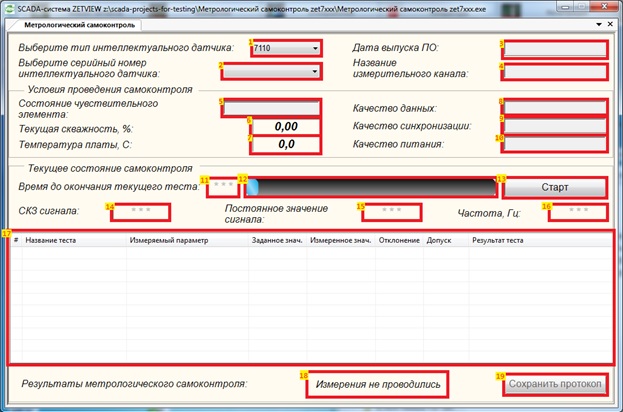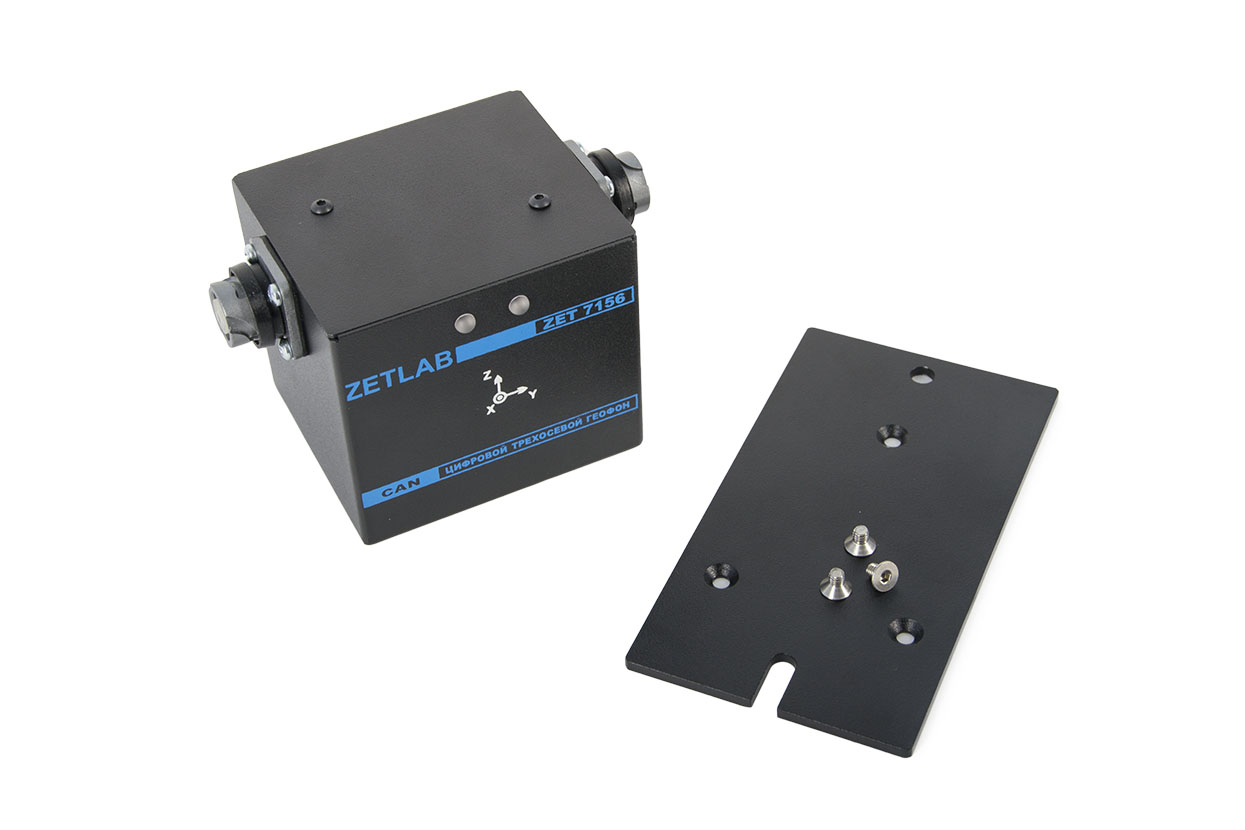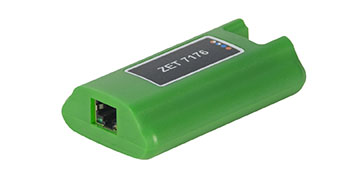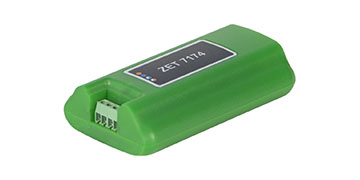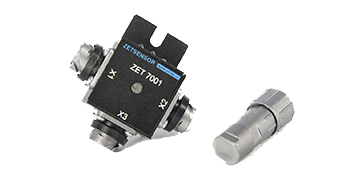Digital short-period seismometer ZET 7156-VER.1
- frequency range 0,3…100 Hz
- CAN 2.0 interface
POR (price on request)
* Minimum order value: from 7 700 USD
Specifications
of Digital short-period seismometer ZET 7156-VER.1
| Metrological specifications | |
|---|---|
| Measured physical value | vibration velocity |
| Number of axes | 3 (X, Y, Z) |
| Frequency range | from 0,3 up to 100 Hz |
| Output values | instant |
| Measurement range | from 0,0015 up to 5 mm/s |
| Measurements error | 10 % |
| Intinsic noise level for:
vibration velocity vibration acceleration vibration displacement |
max. 05 μm/s
max. 6 μm/s2 max. 0.2 μm |
| Real-time perfomance monitoring | synchronization quality, data quality |
| Measurement reliability control | sensing element integrity control, measurement circuit control |
| Technical specifications | |
| Data refresh rate | 50, 100, 200, 500, 1000 Hz |
| Amplification ratio | 1, 8, 128 |
| Sensor type | integrated sensing element |
| Data transfer interface | CAN 2.0 |
| Exchange speed | 100, 300, 1000 kbps |
| Operational specifications | |
| Dimensions | 110×70,5×70,5 mm |
| Dimenions of the mounting plate | 129×70,5×3 mm |
| Weight | 500 g |
| Device power | from 9 up to 24 V |
| Consumed power | 0,5 W |
| Operating temperature range for industrial version/
for explosion-proof version |
from -40 up to +60 °C
from -60 up to +85 °C |
| Electromagnetic compatibility EMC | |
| IEC 61000-4-2, ESD | contact 4 kV, air 8 kV |
| IEC 61000-4-4, EFT | power supply 0,5 kV, signal 0,25 kV |
| IEC 61000-4-5, Surge | 500 V |
* Increase of amplification ratio leads to a proportional reduction of the digital seismometer’s measurement range

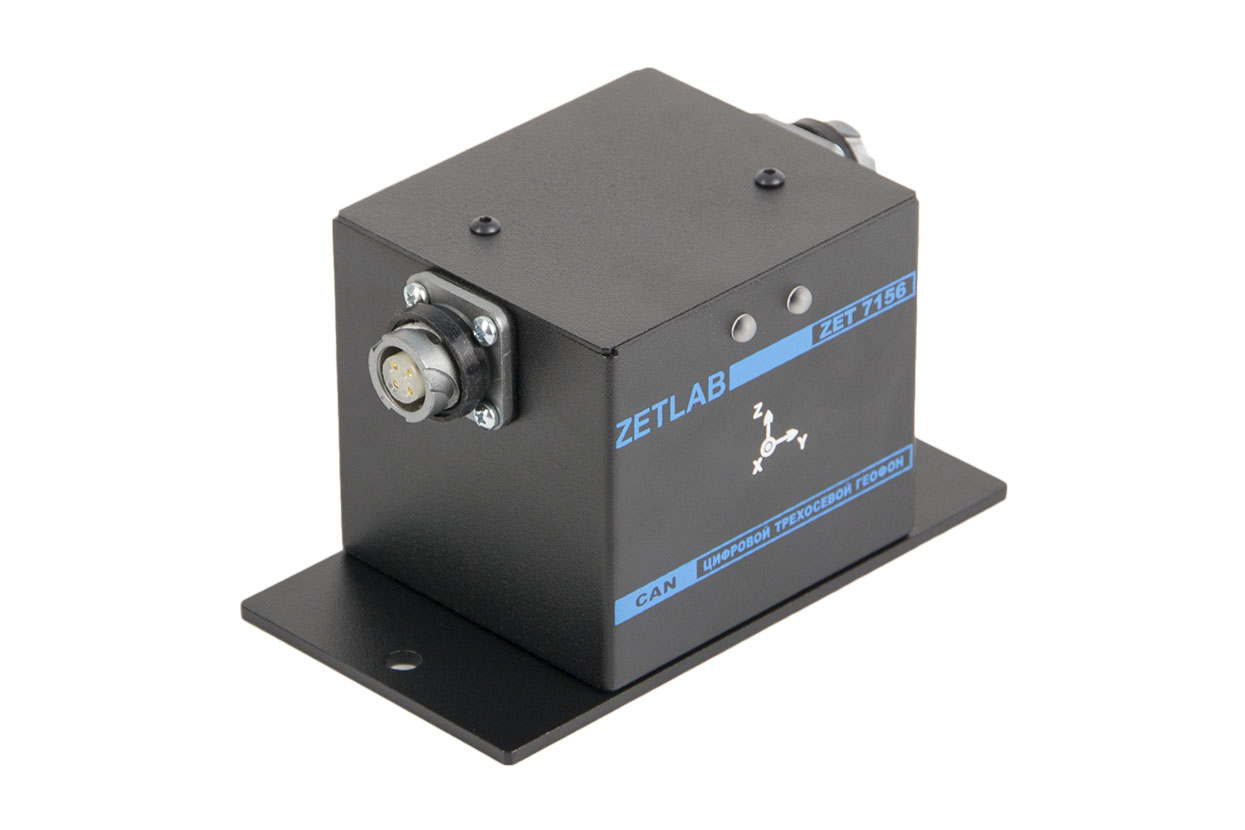
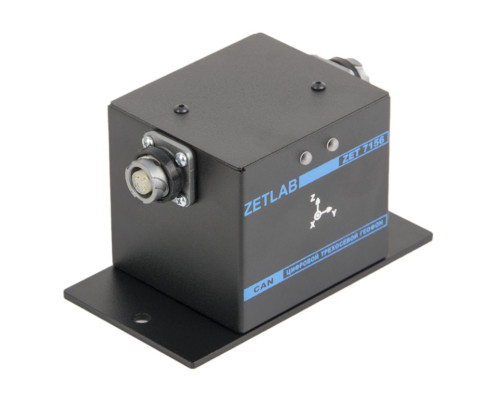
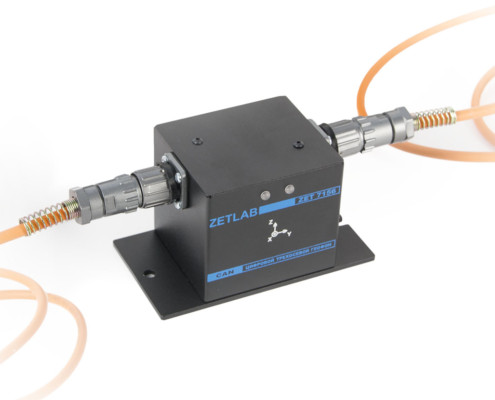
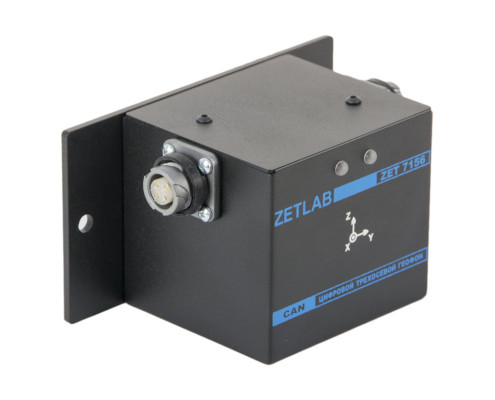
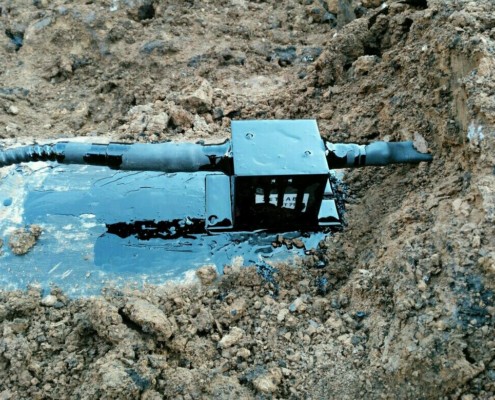


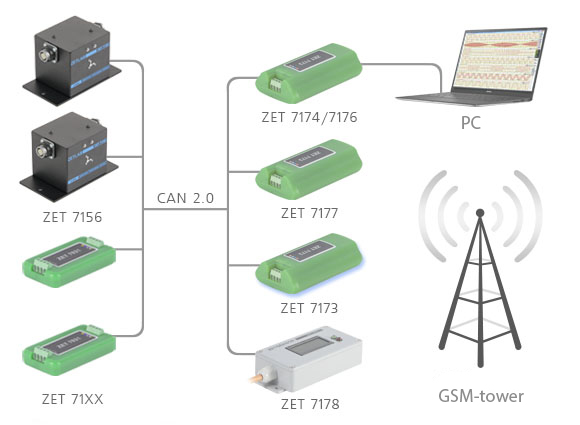
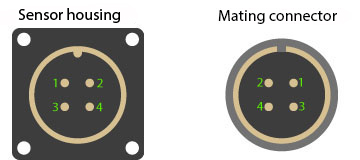
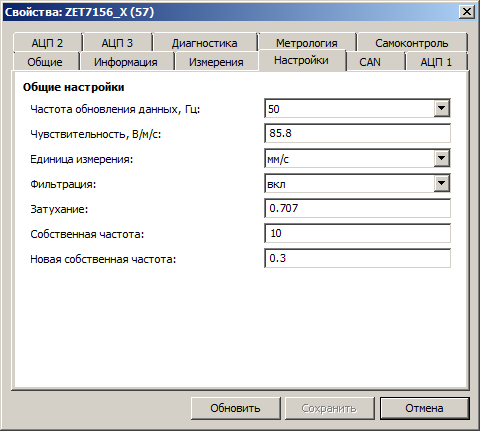 One can also adjust “Data refresh rate” parameter within the range from 50 to 1000 Hz.
One can also adjust “Data refresh rate” parameter within the range from 50 to 1000 Hz.